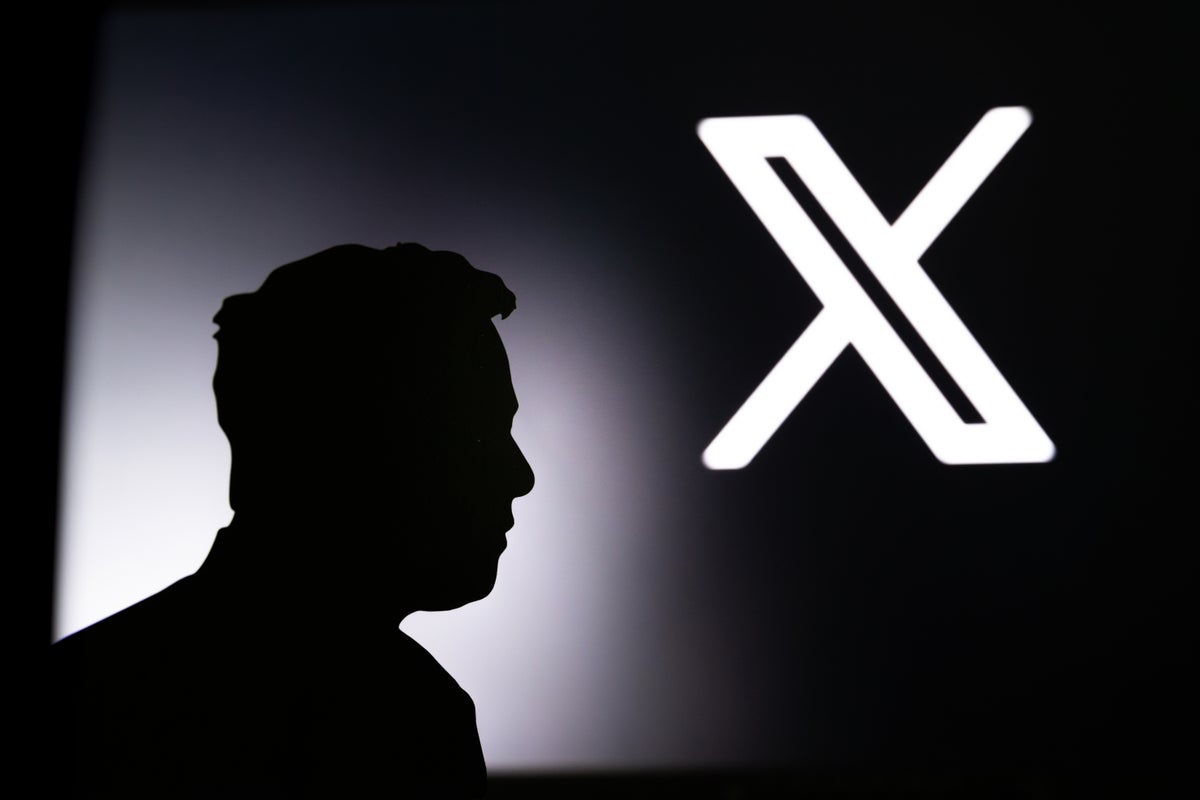Recent data unveiled a significant issue with bot traffic on Elon Musk‘s social media platform X, formerly Twitter, particularly during the Super Bowl LVIII.
According to cybersecurity firm CHEQ, 75.85% of the platform’s traffic to advertisers’ websites was identified as fake, marking an unprecedented level of inauthentic activity.
The revelation comes in the wake of X’s announcement celebrating over 10 billion impressions and 1 billion video views during the Super Bowl, suggesting a massive engagement on the platform.
However, CHEQ’s findings challenge the authenticity of that engagement, reported Mashable.
Guy Tytunovich, CEO of CHEQ, shared his view about the data with the outlet, noting that such a high percentage of fake traffic is unheard of in the industry.
Also Read: Elon Musk Issues Grim Outlook On X, Shares ‘Sad Truth’ About Social Media Platforms
This issue is not isolated to the Super Bowl event; CHEQ’s analysis of traffic from X throughout January 2024 also showed a significantly high rate of fake traffic, with 31.82% of visits being inauthentic.
The problem of bots and fake users is not new to social media. Still, the scale at which it occurs on X is particularly concerning for advertisers who rely on genuine engagement metrics to evaluate the effectiveness of their campaigns. The comparison with other platforms like TikTok, Facebook and Instagram, where fake traffic percentages were markedly lower, underscores X’s unique challenge in managing bot activity.
Under Musk’s leadership, X has undergone numerous changes, including layoffs within the Trust and Safety team, which may have impacted the platform’s ability to combat fake traffic effectively.
The bot issue and advertisers’ growing concerns over content moderation pose significant challenges to X’s advertising revenue and overall credibility.
Now Read: Elon Musk Reportedly Did Something Unusual After Making An Offer To Buy Twitter
This content was partially produced with the help of AI tools and was reviewed and published by Benzinga editors.
Photo: Shutterstock
Image and article originally from www.benzinga.com. Read the original article here.

